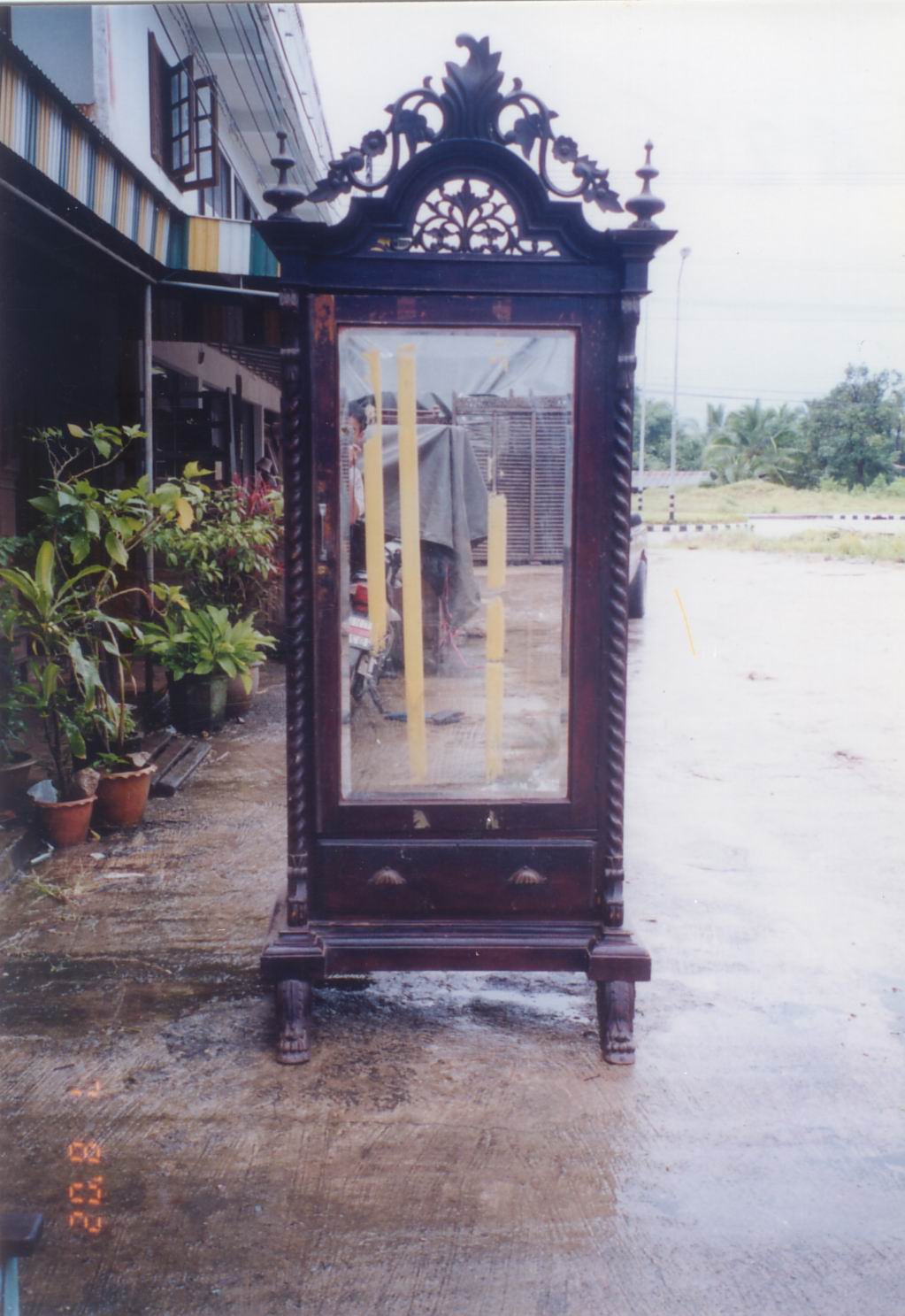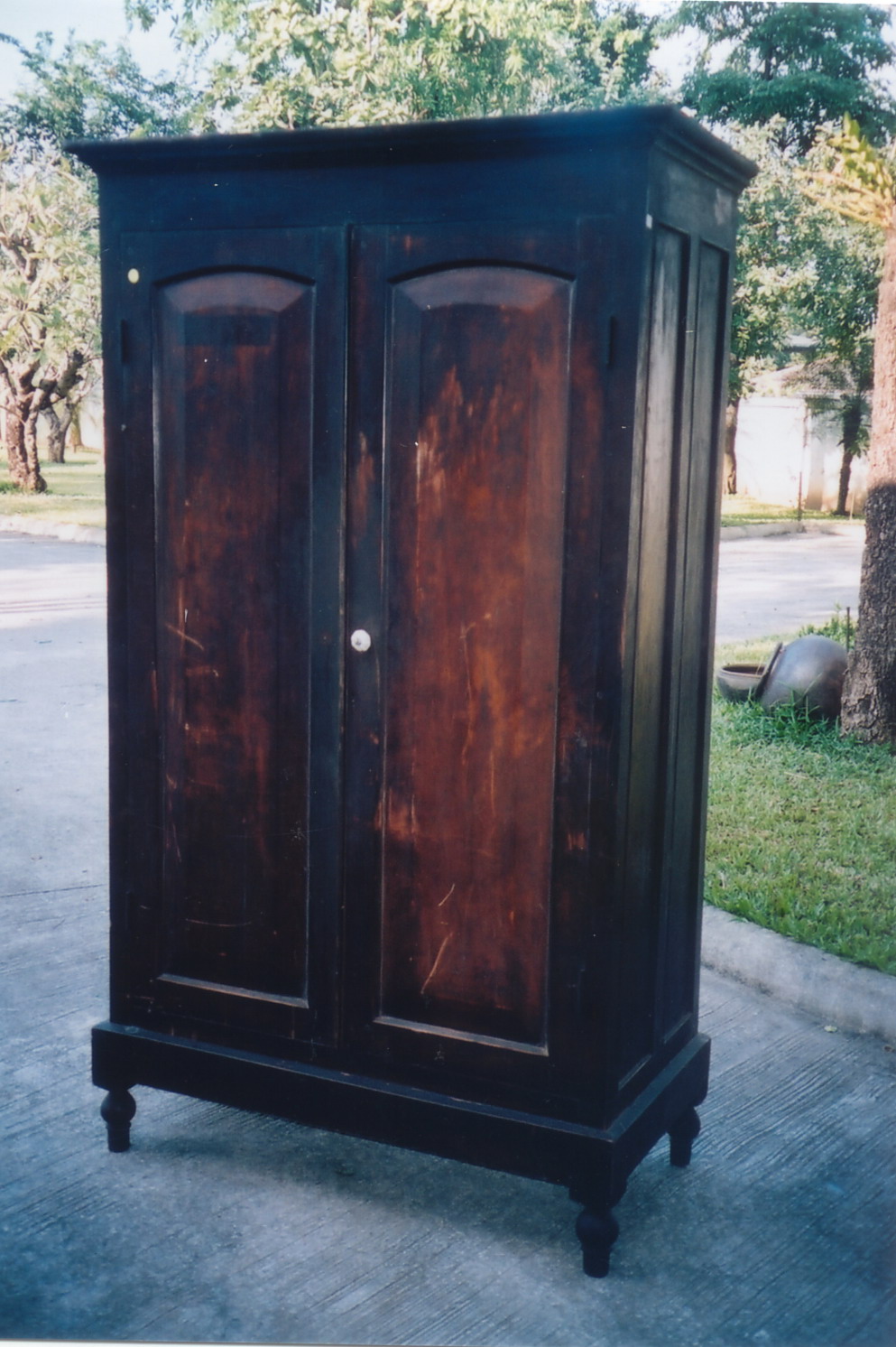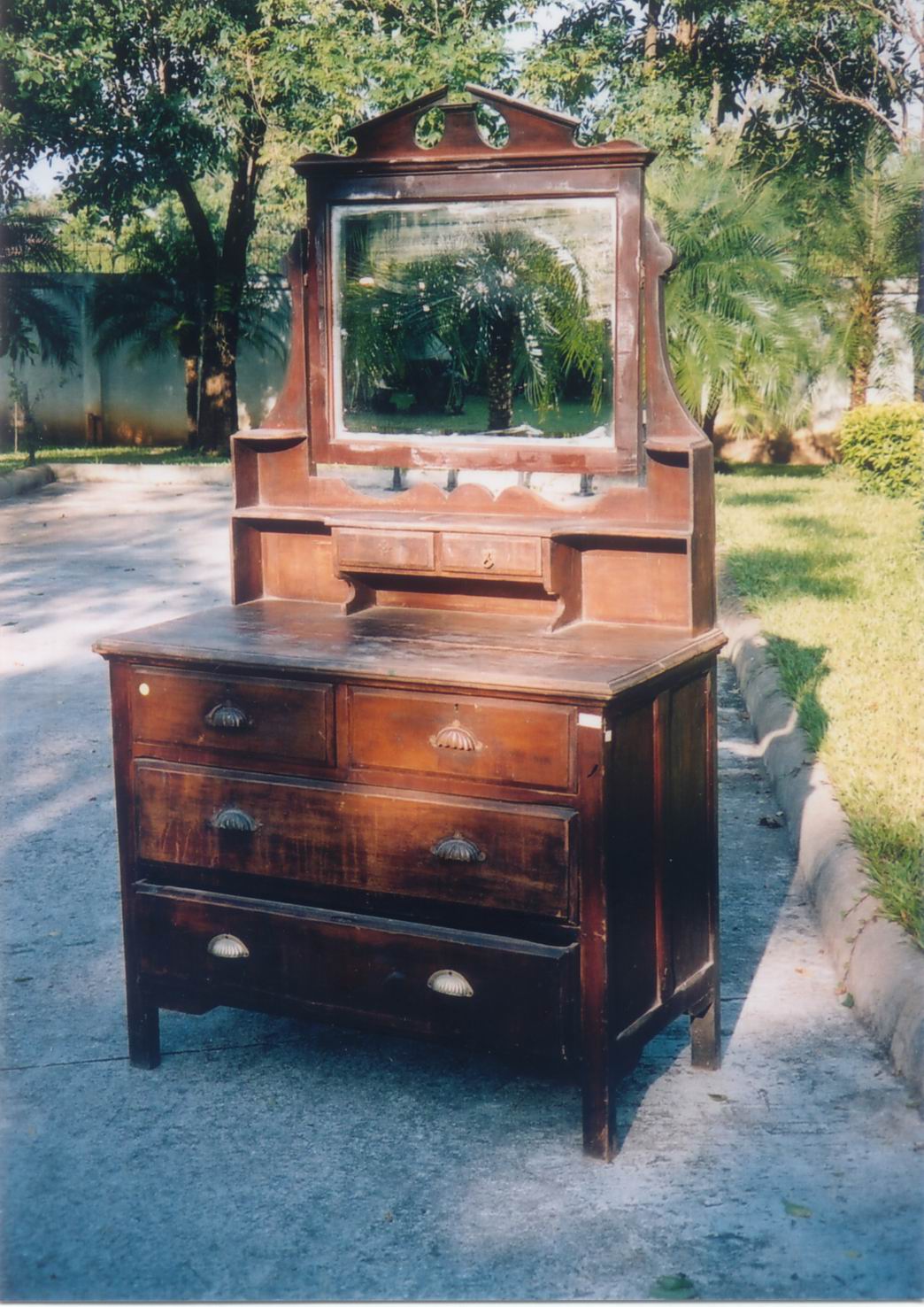Calvin Damer Co., Ltd. Bangkok
All Rights Reserved
All Rights Reserved
Touchwood
The Restoration Process
An increasing appreciation of antique furniture, as well as an awareness of how it can improve with age, has radically changed the whole concept of restoration over the past two decades. We now know that old patinas and original paint work should be retained whenever possible. The occasional dent or blemish does not detract from the beauty of the piece, rather it adds to the character of the piece. Repairs should be reversable and replacement parts kept to a minimum. We want the antiques to look as they are - old - with patinas ranging from silky to shiny or satiny.
Our traditionally trained craftsmen only use methods and products of the finest quality when repairing the damaged or seriously worn pieces of our collection. Naturally, we do not restore items if our clients require them in their original condition.
Restoration work requires time, thought, and patients, but when you survey the results, it becomes clear that the tedious process has been well worth the effort.
Our traditionally trained craftsmen only use methods and products of the finest quality when repairing the damaged or seriously worn pieces of our collection. Naturally, we do not restore items if our clients require them in their original condition.
Restoration work requires time, thought, and patients, but when you survey the results, it becomes clear that the tedious process has been well worth the effort.
BURMESE TEAK
In the 19th century, teak harvesting was done in a sustainable manner. After choosing select trees, the teak logs were submerged in water for long periods of time, allowing them to expire slowly. They were then moved to the river bank for the time consuming drying process, which was essential for the properties and characteristics of the wood. Only then was the log ready to be sawn into huge planks. These planks were then used for the manufacturing of the pieces in our collection.
The exquisite quality of our teak Colonial and Art Deco furniture is primarily due to this natural submerging and drying method. This is why cracking is not as evident as it may be in newer teak furniture that is manufactured by ignoring the submerging method and avoids the time consuming drying process. For economic reasons, the modern drying process is reduced to as little as two weeks, first by utilizing drying kilns to speed the process, then later with industrial techniques. The rule is very simple: if teak wood has not been propely dried, cracking can appear within two years, especially if housed in dry climates. It would be prohibitively expensive if not impossible to reproduce this furniture today using seasoned teak of the same dimensions and quality.
The inherant properties of old teak wood (resistance to insects, chemicals and moisture) together with the methods used for processing the wood for manufacturing during the Colonial Period along with the exquisite craftsmanship and design of the time, produced impressive pieces of furniture. It is these pieces we procure and restore, and proudly invite you to witness.
The exquisite quality of our teak Colonial and Art Deco furniture is primarily due to this natural submerging and drying method. This is why cracking is not as evident as it may be in newer teak furniture that is manufactured by ignoring the submerging method and avoids the time consuming drying process. For economic reasons, the modern drying process is reduced to as little as two weeks, first by utilizing drying kilns to speed the process, then later with industrial techniques. The rule is very simple: if teak wood has not been propely dried, cracking can appear within two years, especially if housed in dry climates. It would be prohibitively expensive if not impossible to reproduce this furniture today using seasoned teak of the same dimensions and quality.
The inherant properties of old teak wood (resistance to insects, chemicals and moisture) together with the methods used for processing the wood for manufacturing during the Colonial Period along with the exquisite craftsmanship and design of the time, produced impressive pieces of furniture. It is these pieces we procure and restore, and proudly invite you to witness.
SHIPPING
We are happy to arrange international or domestic shipping at yor discretion. All pieces we handle are meticulously packaged to minimize any risk of damage during transport. We maintain good relationships with several international shipping and freight companies based out of Bangkok and Chiangmai and we are happy to provide their services to you.



Asia
